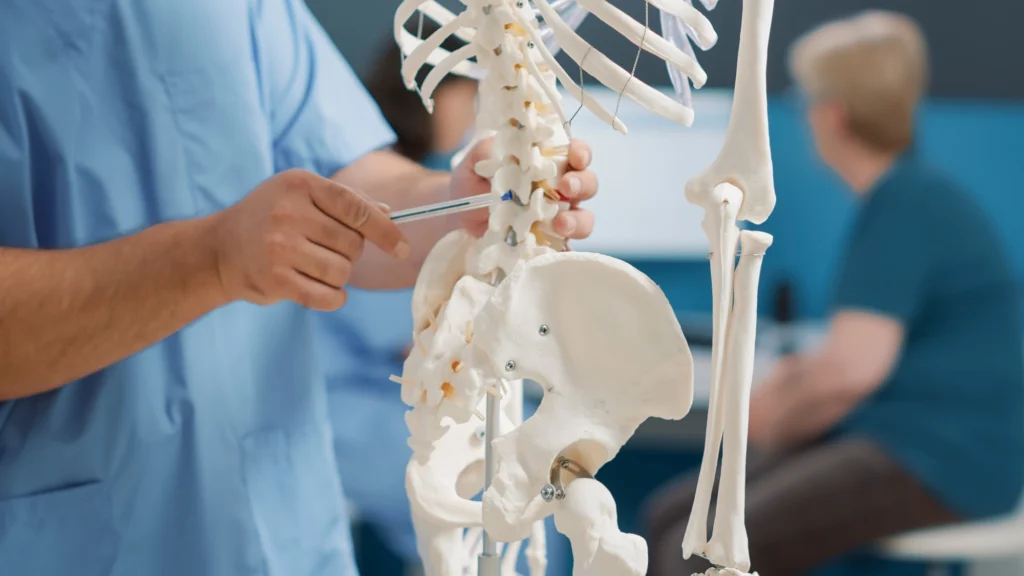
Table of Contents
ToggleIn recent years, there has been a growing interest in minimally invasive spine surgery (MISS) as a treatment option for various spinal conditions.
Patients and physicians alike are drawn to the potential benefits of reduced surgical morbidity, faster recovery, and lower complication rates.
In this article, we will explore the minimally invasive spine surgery success rate across various spinal conditions to help patients and healthcare providers make informed decisions.
The cervical spine is a complex region with a range of conditions that can be treated using minimally invasive techniques. Here, we delve into the success rates of MISS in both posterior and anterior cervical approaches.
Minimally invasive techniques have also been applied to treat thoracic spine conditions, such as disc herniation and stenosis. Here, we explore the success rate of MISS in the thoracic spine.

The lumbo-sacral spine is a common site for degenerative conditions, and MISS has become an increasingly popular treatment option. Let’s take a look at the success rates of endoscopic decompression procedures and lateral approaches for interbody fusion in the lumbo-sacral spine.

Obesity is a significant risk factor for poor outcomes in spinal surgery. However, studies have shown that MISS techniques can be safely and effectively employed in obese patients, leading to improved outcomes compared to traditional open surgery.
Minimally invasive techniques can also be applied in revision surgeries, offering the advantage of avoiding scar tissue dissection that may be encountered during traditional open revision surgeries.
Minimally invasive spine surgery has demonstrated promising success rates across a wide range of spinal conditions and patient populations.
The growing body of literature on this topic supports the feasibility, efficacy, safety, and value of MISS techniques compared to traditional approaches.
As advancements in imaging and navigation technologies continue to evolve, we can expect the success rate of minimally invasive spine surgery to further improve, broadening its applicability and accessibility to an even larger patient population.
GET IN TOUCH +
285 Sills Road
Building 5-6, Suite E
East Patchogue, NY 11772
(631) 475-5511
184 N. Belle Mead Road
East Setauket, NY 11733
(631) 675-6226
GET IN TOUCH +
285 Sills Road
Building 5-6, Suite E
East Patchogue, NY 11772
(631) 475-5511
184 N. Belle Mead Road
East Setauket, NY 11733
(631) 675-6226
SUBSCRIBE TO OUR NEWSLETTER +
Send us a Google review. Click this link and let us know how we did!
Review us on Yelp too.